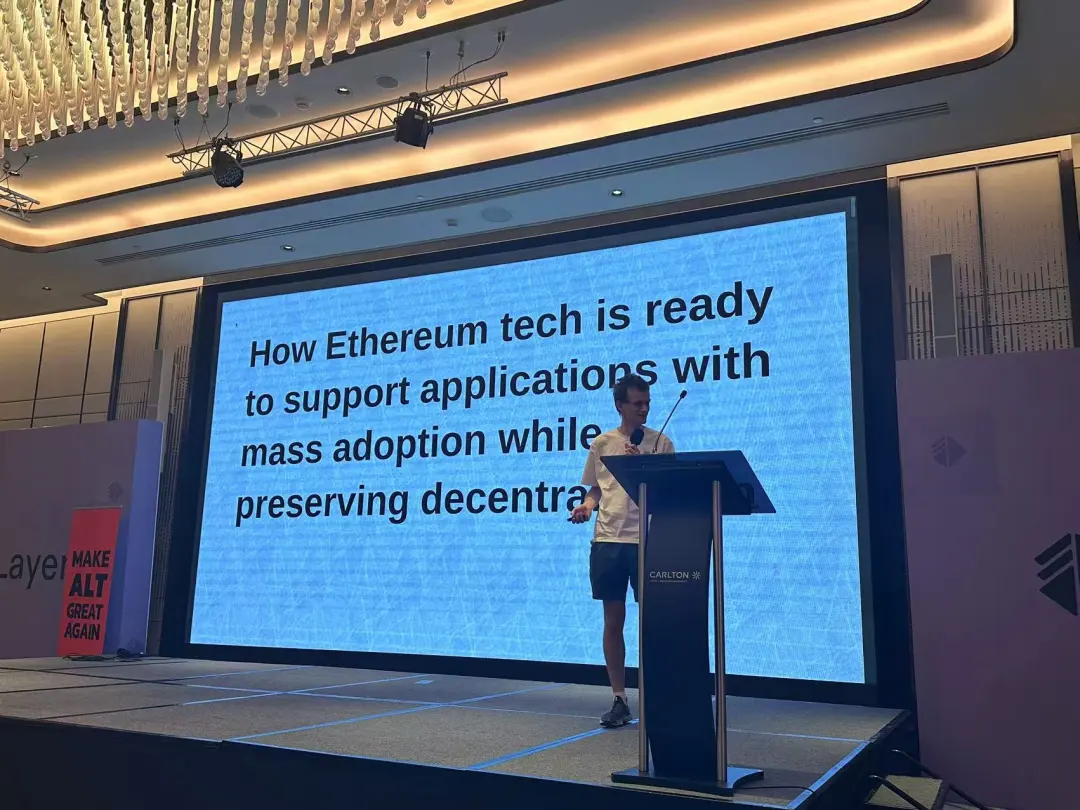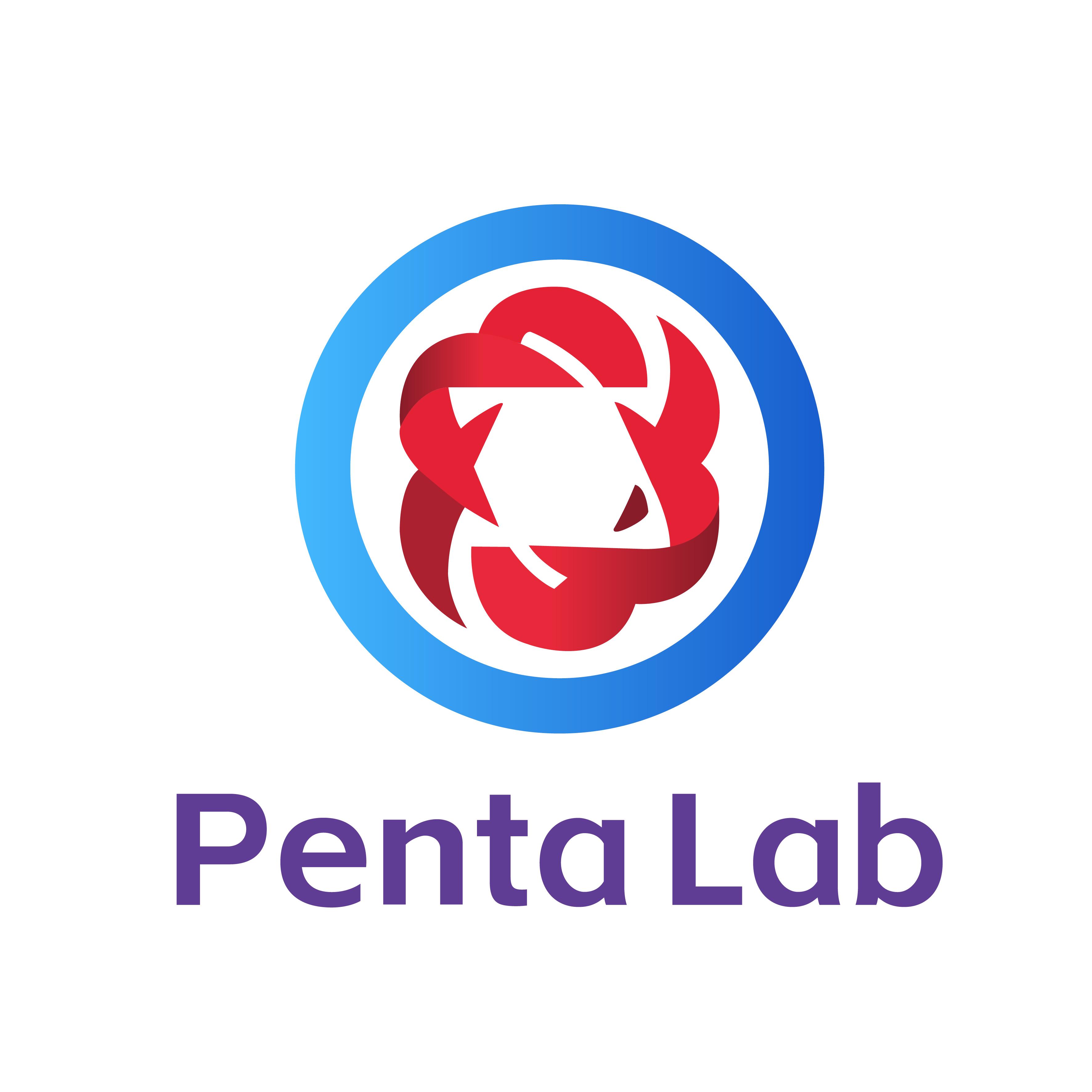-
 PA一线 · 2일 전
테스트 릴리스 2
PA一线 · 2일 전
테스트 릴리스 2게시된 콘텐츠 테스트 2
-
 PA一线 · 2일 전
테스트 릴리스 1
PA一线 · 2일 전
테스트 릴리스 1게시된 콘텐츠 테스트 1
-
 PA一线 · 03-27 17:45
KiloEx는 KILO 토큰 경제를 발표했으며 첫해에는 팀이나 투자자 토큰이 잠금 해제되지 않을 것이라고 밝혔습니다.
PA一线 · 03-27 17:45
KiloEx는 KILO 토큰 경제를 발표했으며 첫해에는 팀이나 투자자 토큰이 잠금 해제되지 않을 것이라고 밝혔습니다.KiloEx에서 KILO 토큰 경제를 발표했습니다. 총 공급량은 10억 개로 고정되어 있으며, 초기 유통 공급량은 21.17%입니다. 첫해에는 팀 토큰이나 투자자 토큰이 잠금 해제되지 않습니다.
- PA Daily | 트럼프 팀은 백악관에서 최초의 암호화폐 위치를 확립하는 것을 고려하고 있습니다. 비트코인은 97,000달러를 돌파하고 사상 최고치를 기록했습니다. PA Daily | 중국 증권 규제 위원회 과학 기술 감독부 국장을 역임한 Yao Qian은 가상 통화와 같은 전력 자금 거래와 관련하여 BlackRock IBIT 옵션의 첫날 거래량이 거의 예상되었습니다. 19억 달러 PA Daily | MicroStrategy는 51,780개의 비트코인 보유를 늘리기 위해 46억 달러를 지출했습니다. Trump Media Technology Group은 Bakkt 인수를 위해 심도 있는 협상을 진행 중입니다.
 PA一线 · 03-27 16:21
테스트 뉴스 릴리스 0327-2
PA一线 · 03-27 16:21
테스트 뉴스 릴리스 0327-2테스트 뉴스 릴리스 0327-2
-
 UXLINK · 03-27 16:20
테스트 기사 릴리스 0327-2-편집
UXLINK · 03-27 16:20
테스트 기사 릴리스 0327-2-편집테스트 기사 릴리스 0327-2-편집
-
 UXLINK · 03-26 10:25
테스트 기사-0326-기사 업데이트-1
UXLINK · 03-26 10:25
테스트 기사-0326-기사 업데이트-1테스트 기사-0326-기사 업데이트 1
-
 UXLINK · 03-25 15:24
시험 항목 0325-1
UXLINK · 03-25 15:24
시험 항목 0325-1시험 항목 0325-1
-
 UXLINK · 01-27 11:42
테스트 항목 1/27-3
UXLINK · 01-27 11:42
테스트 항목 1/27-3테스트 항목 1/27-3
-
 SoulLand · 01-27 11:40
테스트 항목 1/27-2
SoulLand · 01-27 11:40
테스트 항목 1/27-2테스트 항목 1/27-2
- 암호화 유통 시가총액(7d)$2,190,813,773,927Market Cap디지털자산 공포-탐욕 지수(최근 30일)
 PA一线 · 2024-11-22 20:21
보도자료 최적화 테스트
PA一线 · 2024-11-22 20:21
보도자료 최적화 테스트보도자료 최적화 테스트 요약 요약
-
 刘正要律师 · 2024-11-22 19:55
다국어 기사 게재 테스트-원클릭 동기화-1
刘正要律师 · 2024-11-22 19:55
다국어 기사 게재 테스트-원클릭 동기화-1다국어 기사 게재 테스트
-
 欧科云链 · 2024-11-22 14:30
Devcon 검토 | AltLayer_Rollup_Day에서 200명의 개발자를 만난 후의 통찰력
欧科云链 · 2024-11-22 14:30
Devcon 검토 | AltLayer_Rollup_Day에서 200명의 개발자를 만난 후의 통찰력호기심과 사명감을 가지고 OKLink는 지난 주 데브콘 방콕 및 주변 행사에서 개발자들과 긴밀한 대화를 나누며 데이터 인프라 구축자의 관점에서 모든 사람과 함께 답을 찾고 있었습니다.
-
 白话区块链 · 2024-11-22 09:00
사기부터 행운까지, 밈코인 시장 구조 분석
白话区块链 · 2024-11-22 09:00
사기부터 행운까지, 밈코인 시장 구조 분석Memecoin 시장에 대한 심층적인 조사를 통해 커뮤니티 참여 현황, 토큰 발행 현황, 플랫폼 사용 현황, 사용자 요구 사항 등을 분석하여 이러한 현상의 사회적 동기와 미래 가능성을 밝혀냈습니다.
-
 金色财经 · 2024-11-22 08:00
Glassnode: 암호화폐 시장의 629억 달러 자본 유입을 주도한 사람은 누구입니까?
金色财经 · 2024-11-22 08:00
Glassnode: 암호화폐 시장의 629억 달러 자본 유입을 주도한 사람은 누구입니까?이러한 수요는 미국 현물 ETF를 통해 기관 투자자들이 주도하고 있습니다.
-
 深潮TechFlow · 2024-11-22 07:00
이 상승장에서는 관심이 전부입니다. 독특한 스토리와 Z세대 지원이 핵심입니다.
深潮TechFlow · 2024-11-22 07:00
이 상승장에서는 관심이 전부입니다. 독특한 스토리와 Z세대 지원이 핵심입니다.진실은 간단합니다. 최고의 아이디어가 항상 승리하는 것은 아닙니다. 주목받는 것이 핵심입니다.
-
 PA一线 · 2024-11-22 00:02
Coinbase International Station은 CoW 프로토콜 무기한 선물 계약을 출시할 예정입니다.
PA一线 · 2024-11-22 00:02
Coinbase International Station은 CoW 프로토콜 무기한 선물 계약을 출시할 예정입니다.Coinbase International Station이 발표되었습니다.
-
 PA一线 · 2024-11-21 23:01
이 문제에 정통한 사람들: 미국 SEC와 SOL 현물 ETF 출시를 희망하는 발행자 간의 협상이 "진행되고 있습니다"
PA一线 · 2024-11-21 23:01
이 문제에 정통한 사람들: 미국 SEC와 SOL 현물 ETF 출시를 희망하는 발행자 간의 협상이 "진행되고 있습니다"이 문제에 정통한 두 사람은 미국 증권거래위원회(SEC) 직원과 SOL 현물 ETF 출시를 원하는 발행사 간의 협상이 '진행되고' 있으며 SEC는 현재 S-1 신청을 처리 중이라고 말했습니다. 두 사람은 ETF 승인 절차의 다음 단계인 잠재적 발행자를 대신하여 거래소에서 19b4 서류를 조만간 보게 될 가능성이 "매우 높다"고 말했습니다.
-
 PA一线 · 2024-11-21 22:56
Canaan Technology, 우선주 발행을 통해 3천만 달러 조달
PA一线 · 2024-11-21 22:56
Canaan Technology, 우선주 발행을 통해 3천만 달러 조달비트코인 채굴기 제조업체인 Canaan Inc.(NASDAQ: CAN)은 최근 기관 투자자에게 주당 1,000달러에 시리즈 A-1 우선주 최대 30,000주를 판매하는 증권 구매 계약을 체결했습니다. 이번 계약으로 북미 지역의 디지털 채굴 및 장비 개발을 지원하기 위해 3천만 달러가 모금될 예정입니다. 이전에 Canaan Technology는 2024년 9월에 시리즈 A 파이낸싱을 완료하여 최대 125,000개의 시리즈 A 전환 우선주를 판매했습니다.
-
 PA一线 · 2024-11-21 22:36
분산형 게임 플레이어 네트워크 KGeN은 Aptos Labs의 주도로 1,000만 달러의 자금 조달을 완료했습니다.
PA一线 · 2024-11-21 22:36
분산형 게임 플레이어 네트워크 KGeN은 Aptos Labs의 주도로 1,000만 달러의 자금 조달을 완료했습니다.분산형 게임 플레이어 네트워크인 KGEN은 Aptos Labs가 주도하고 Game7 DAO 및 Polygon이 참여하여 1,000만 달러의 자금 조달을 완료했다고 발표했습니다.



























